Picture the scene – your vet is preparing your cow for surgery. She’s haltered up, secured and sedated, her flank clipped and cleaned. While your vet’s been scrubbing her flank, you rushed off to find a dose of antibiotics and a jab of anti-inflammatories to be given prior to the surgery. As we all know, giving these drugs pre-surgery reduces pain and infection risk. As soon as you give the injections, her leg gives way, and she suddenly collapses to the floor! Thankfully, sciatic nerve injuries are a rare complication of intramuscular injections, but one which I recently encountered and is worth reflecting on.
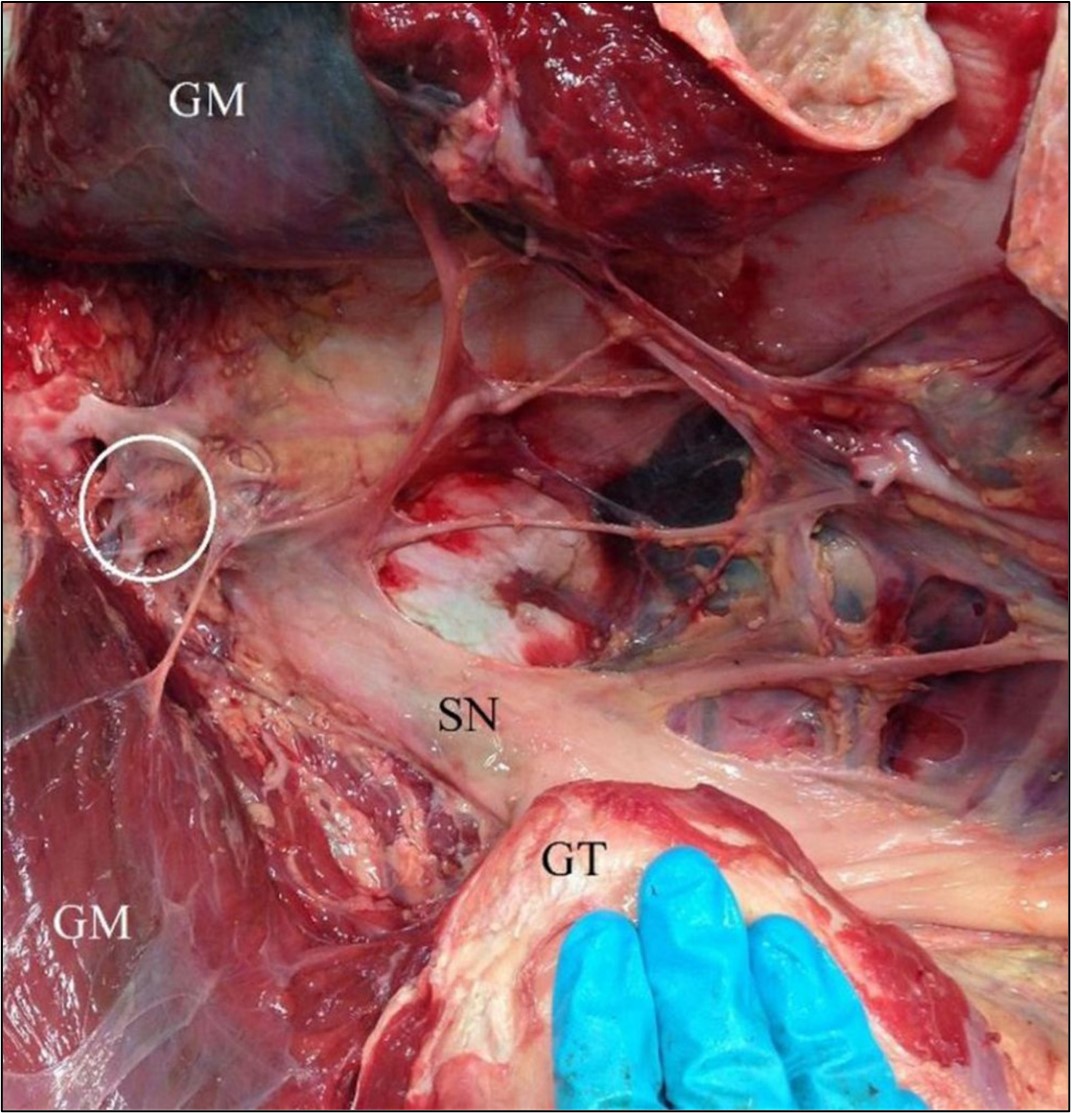
Figure 1 – The large flat sciatic nerve (SN) runs close to the skin, especially in low body condition cattle
The sciatic nerve is the largest nerve in the body. Running through the gluteal muscles in the rump, the nerve and its branches control the muscles that bend the stifle, straighten the hock and move the toes. Recent research from the University of Nottingham showed that it is typically 3.5 – 4.5 cm wide in adult cattle. In cows with low body condition, such as sick or freshly calved animals, the nerve is less than 2.5cm below the skin.
Intramuscular injections in this region therefore run the risk of injuring the sciatic nerve. This can be through direct puncture of the nerve; local irritation from the injected product; or compression from a secondary abscess or local inflammation, as is often seen with vaccines. These injuries are painful and can cause nerve paralysis.
Cows should still be able to bear weight on affected limbs, but the hip and hock will hang lower, with the fetlock being over-flexed.
In my recent case, the cow was able to be helped back to her feet after the initial nerve injury. Although weak on the affected leg and slightly knuckled over, she was able to stand for the LDA surgery and made a full recovery within a week. It’s thought that most cases in cattle will resolve in a similar timeframe.
The University of Nottingham’s study also included farmers, vets and vet students giving injections into the rumps of cadaver cattle at their usual location. The distance from the needle to the nerve was calculated and a staggering 46% (50/108) hit the sciatic nerve, with 69% (75/108) landing within 5 cm of the nerve in the areas which was ‘high risk’ for nerve injuries.
Nerve injury was especially likely in the cadaver with body condition score 1.5.
Correct injection site and technique is something we regularly discuss with vet students, and something which is valuable to discuss with new farm staff. The neck is regularly suggested as a safer option, especially in beef cattle where it has the added benefit of avoiding muscle damage in the more valuable cuts of meat in the rump. A more lateral approach to the rump, in the thickest part of the muscle can be a safer option in the rump, avoiding the sciatic nerve. Injections in the caudal thigh (near the freezebrand location) are also sometimes preferred for small volume injections, but care must be taken to ensure the needle is within the body of the muscle rather than next to the branches of the sciatic nerve!
Top Tips for Safe Injections
• Securely restrain the animal.
• Use the appropriate size and length of needle.
• Use the subcutaneous route whenever the product label allows.
• Only inject 10 ml maximum into any one site, or as per label.
• Change needles when bent or dull.
• Never straighten or reuse a bent needle.
• Leave a hand-width of space between injections.
Source: Verified Beef Production Plus Producer Manual
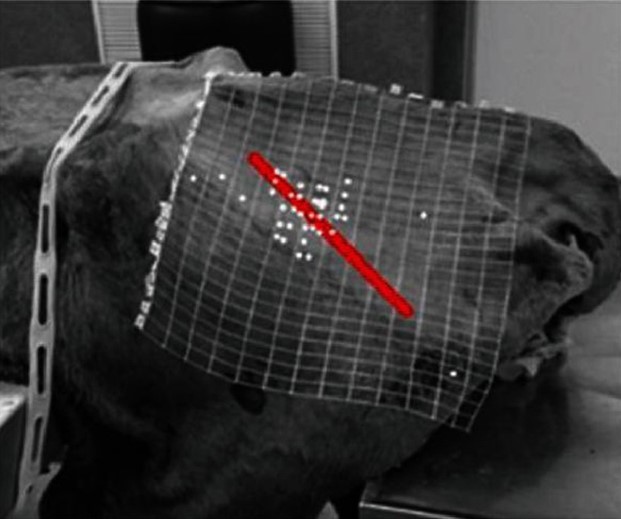
Figure 2 – A high proportion of injections are given dangerously close to the sciatic nerve, especially in low body condition cattle

Figure 3 – A safer, more lateral rump injection site in the thicker part of the muscle
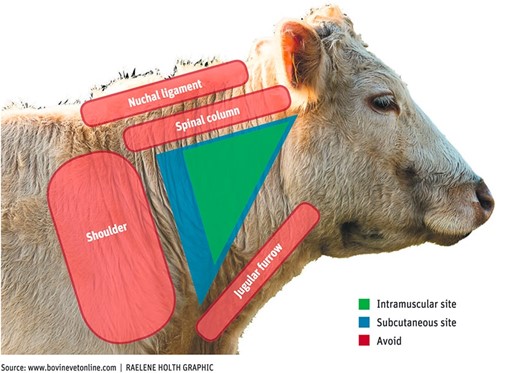
Figure 4 – The neck provides an alternative injection site for intramuscular injections
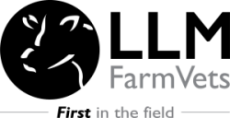
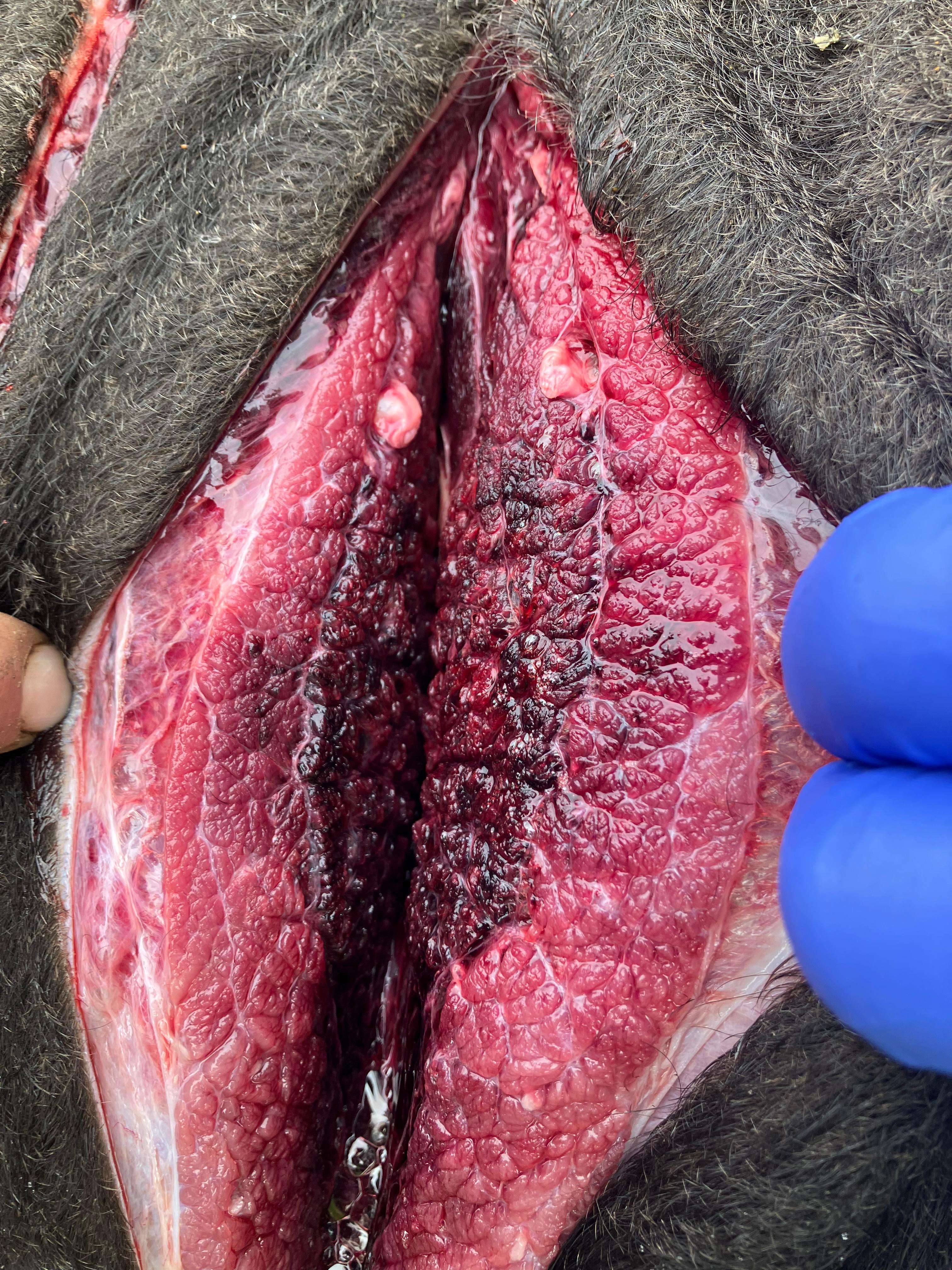

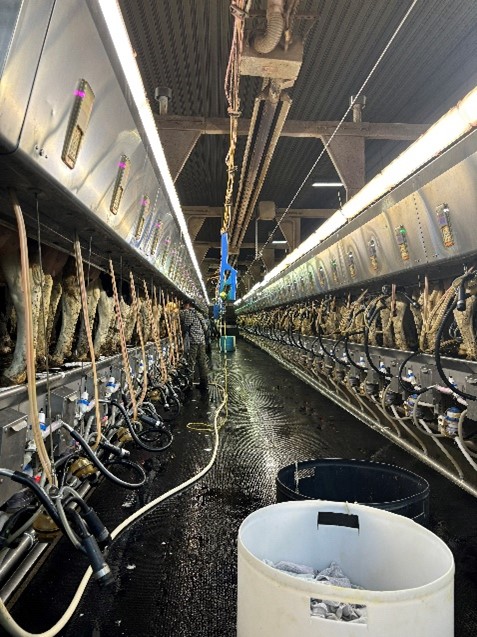
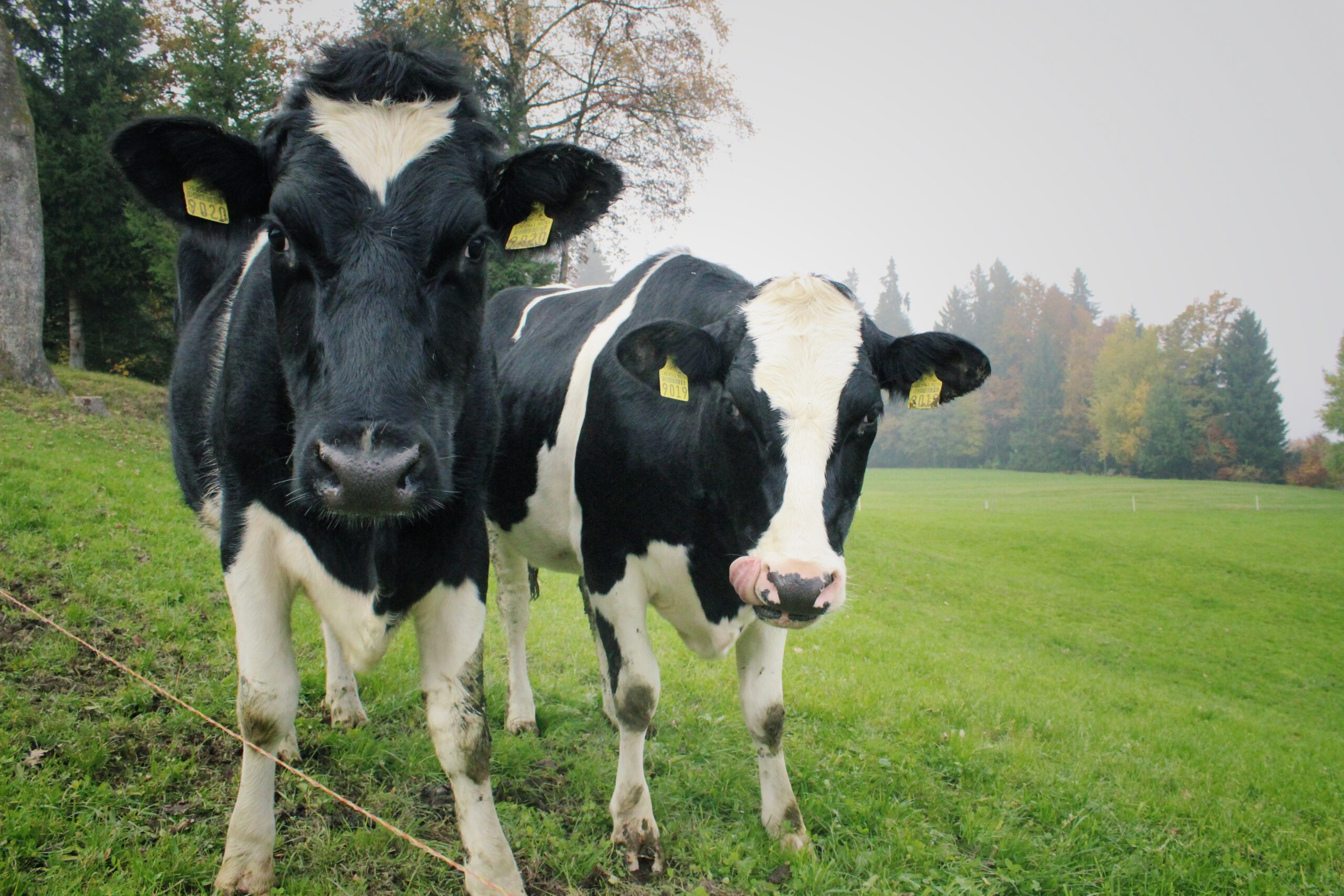
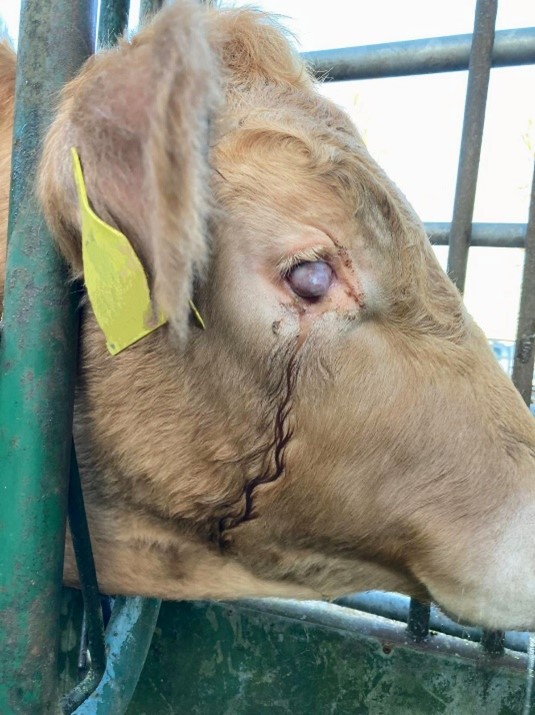

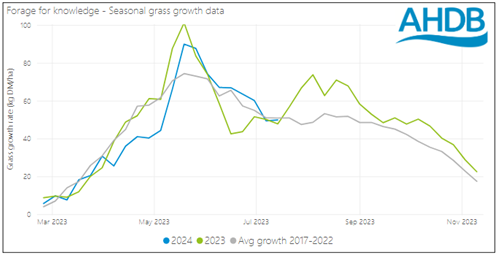
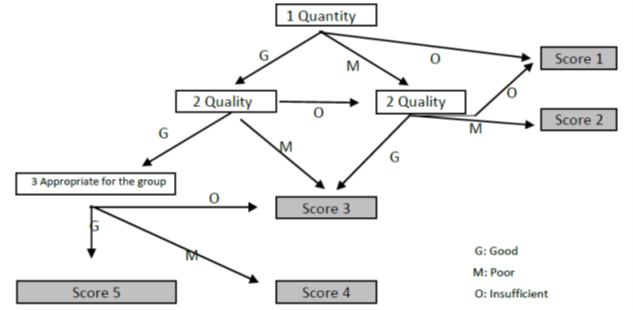


Leave A Comment